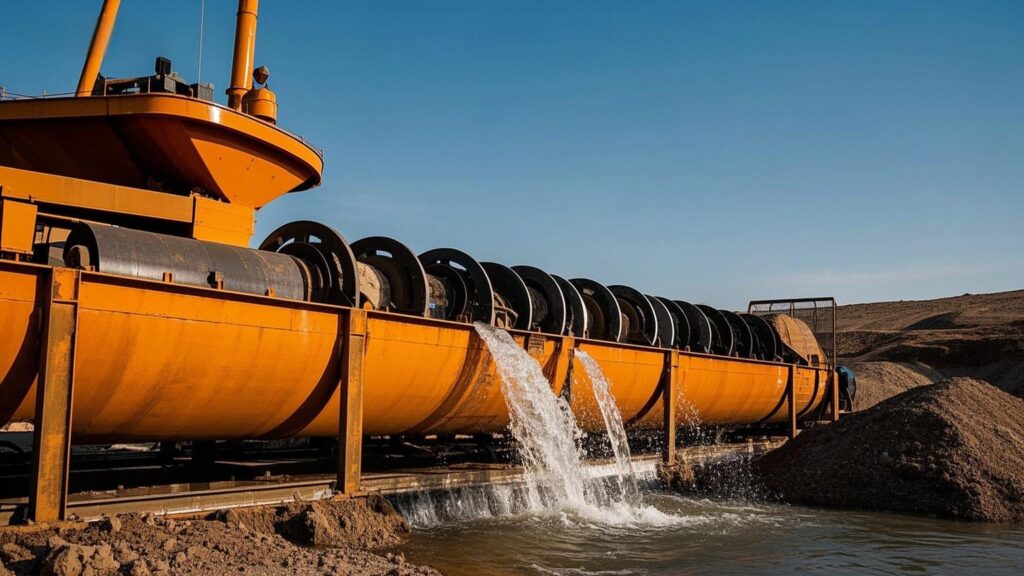Design Plan for 200 Tons per Hour Sand Washing Equipment
Sand washing equipment plays a crucial role in construction, road, railway, and other infrastructure industries. As the demand for high-quality sand and gravel increases, the design and selection of sand washing equipment become particularly important. This article provides a detailed design plan for a 200 tons per hour sand washing equipment and includes a frequently asked questions (FAQ) section to help users better understand the related design requirements.
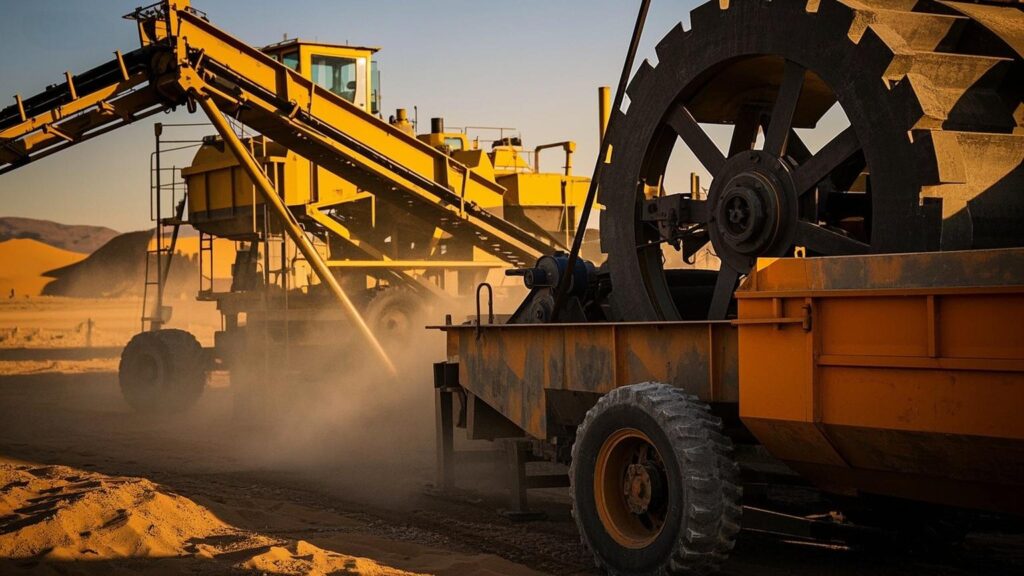
I. Overview of Sand Washing Equipment Design Plan
200 tons per hour sand washing equipment, as the name suggests, refers to equipment capable of washing 200 tons of sand and gravel per hour. The design focuses on ensuring high efficiency, stability, environmental friendliness, and ease of maintenance by adopting advanced technologies and reasonable configurations to ensure that the equipment operates efficiently and consumes less energy over the long term.
II. Core Components of the Sand Washing Equipment
- Feeding System
The feeding system is responsible for evenly delivering raw sand and gravel materials into the sand washer. Vibrating feeders or belt conveyors are typically used as the main feeding devices to ensure uniform feeding and prevent material accumulation, which could lead to excessive load on the equipment. - Washing Machine System
As the core component of the sand washing equipment, the washing machine cleans the sand and gravel by using rotation and water flow to remove dirt and impurities. Common types of sand washers include spiral sand washers and wheel sand washers. For a 200 tons per hour production, a wheel sand washer is usually recommended due to its simple structure, ease of maintenance, and excellent cleaning effect. - Dehydration Screen System
The dehydration screen is used to remove excess water from the washed sand to ensure that the sand is quickly dried. The dehydration screen enhances the quality of the sand and prevents difficulties in transportation and storage due to excess moisture. - Water Treatment System
To ensure the recycling of water during the washing process, the sand washing equipment is typically equipped with a water treatment system. Sedimentation tanks and filtration systems recover a large amount of water, reducing water consumption and minimizing environmental pollution. - Electrical Control System
The electrical control system is responsible for controlling the operation of the entire sand washing equipment, ensuring that all parts of the equipment work in coordination. Modern sand washing equipment is often equipped with an automated control system using PLC (Programmable Logic Controller), improving the operational efficiency and safety of the equipment.
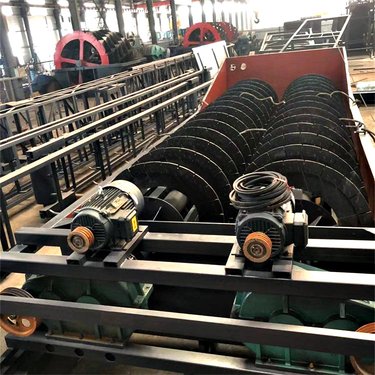
III. Technical Parameters of 200 Tons per Hour Sand Washing Equipment
- Capacity: 200 tons/hour
- Washer Type: Wheel sand washer or spiral sand washer
- Power: 55kW-75kW
- Water Supply: 30-50 tons/hour
- Material Particle Size: ≤5mm
- Material for Components: Wear-resistant steel
- Control Method: PLC automatic control system
IV. Factors to Consider in Equipment Selection
When selecting a 200 tons per hour sand washing equipment, users need to consider the following factors:
- Material Characteristics
The type of sand and gravel, including mud content, particle size, and moisture levels, should be considered when selecting suitable washing equipment. For sand with a high mud content, equipment with powerful washing capabilities is recommended. - Site Conditions
The size and topography of the site will affect the layout and selection of the equipment. Factors like equipment height, width, and transportation pathways should be planned in advance. - Environmental Requirements
With increasing environmental regulations, the water recycling and wastewater treatment capabilities of the equipment are crucial. Choosing equipment with efficient water treatment systems can reduce environmental impact and comply with local regulations. - Operation and Maintenance
The ease of operation and maintenance is directly related to the long-term efficiency of the equipment. Equipment with higher automation levels can reduce manual intervention, improving production efficiency.
V. Advantages of 200 Tons per Hour Sand Washing Equipment
- High Efficiency
The design takes into account the balance between production capacity and cleaning effect, ensuring that impurities are efficiently removed from the sand, guaranteeing the purity of the material. - Environmentally Friendly and Energy-Saving
The equipment is equipped with a water recovery system to minimize water waste, and eco-friendly materials are used to reduce environmental impact during operation. - Low Maintenance Costs
The equipment has a simple structure, is easy to operate and maintain, and is highly wear-resistant, which reduces the failure rate and maintenance costs. - Automated Control
The equipment features a modern PLC automated control system, enhancing automation and reducing manual intervention, thereby improving production efficiency.
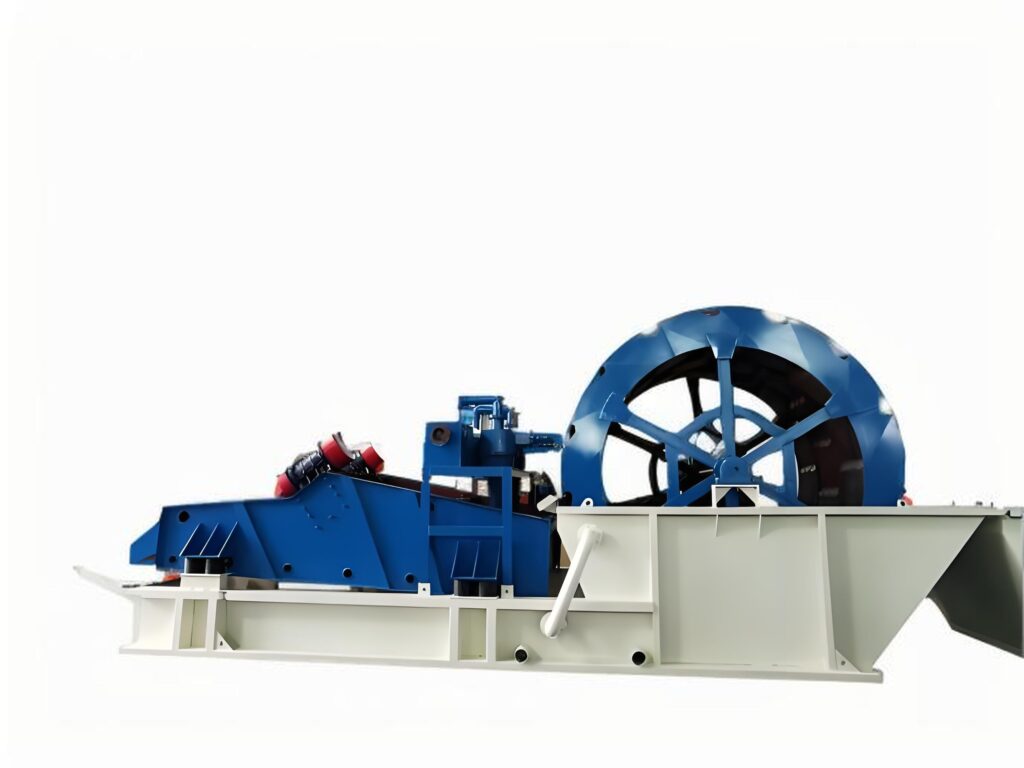
VI. Applications of 200 Tons per Hour Sand Washing Equipment
- Construction Industry: Provides clean, high-quality sand and gravel for concrete and mortar production.
- Road Construction: Used to wash sand materials to ensure they meet the standards for subbase and pavement construction.
- Cement and Brick Manufacturing: Supplies high-quality sand for brick manufacturing and cement production.
- Mining Industry: Washes mining sand to remove impurities and improve the quality of mineral products.
VII. FAQ (Frequently Asked Questions)
Q1: What is the working principle of a 200 tons per hour sand washing equipment?
A1: The sand washing equipment works by rotating the sand washer and mixing it with water. The mechanical and water flow forces remove dirt and impurities from the sand. After cleaning, the sand passes through a dehydration screen to remove excess water and is then transported to the storage area.
Q2: How much water does the washing equipment consume?
A2: The water consumption of the sand washing equipment depends on the type of sand washer and the mud content of the sand. Generally, the water consumption for a 200 tons per hour sand washing equipment ranges from 30 to 50 tons per hour. A water treatment system ensures that water can be recycled.
Q3: How often does the equipment require maintenance?
A3: The frequency of maintenance depends on the operating conditions. In general, monthly inspections and cleanings are required to ensure the equipment operates without faults. Specific parts such as pumps, dehydration screens, and electrical control systems should be regularly checked and maintained.
Q4: What are the differences between a wheel sand washer and a spiral sand washer?
A4: A wheel sand washer has a simple structure, is suitable for sand with lower mud content, provides excellent cleaning effects, and is ideal for large-scale production lines. A spiral sand washer, on the other hand, is better suited for sand with high mud content as it removes fine mud and impurities more effectively.
Q5: Can the 200 tons per hour sand washing equipment be customized?
A5: Yes, the equipment can be customized according to specific production needs. Users can choose the appropriate equipment type and configuration based on factors such as material types, mud content, and operating conditions.
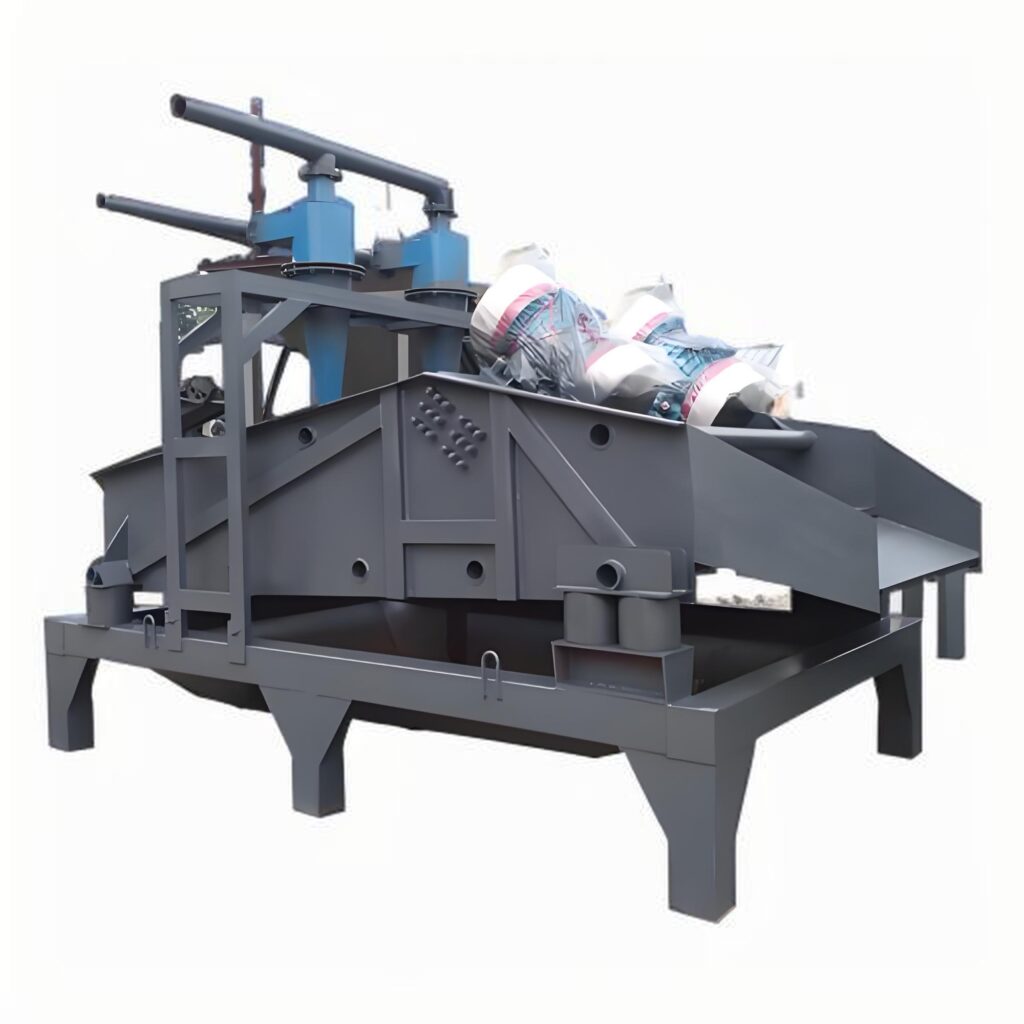
Conclusion
The design plan for 200 tons per hour sand washing equipment focuses on efficiency, environmental friendliness, and ease of maintenance. The equipment’s technology continues to evolve, providing high-quality sand and gravel for various industries.
Through the design plan and FAQ section, users can gain a clear understanding of the equipment and make informed decisions when selecting the right equipment. If you have further requirements, feel free to contact us, and we will offer professional customization services and technical support.

